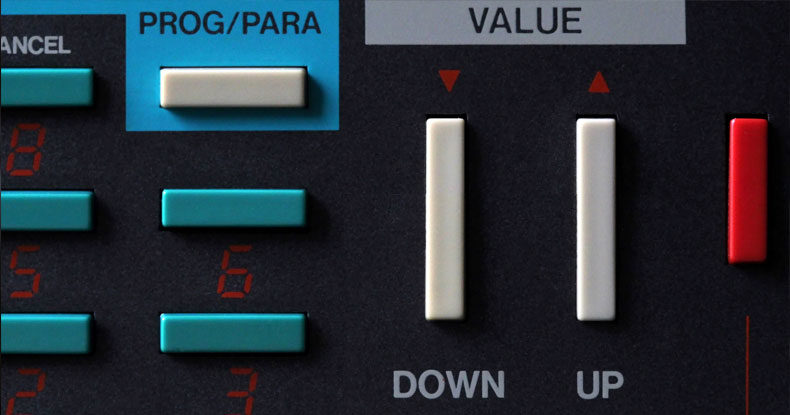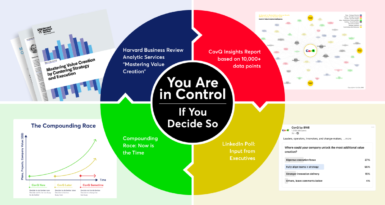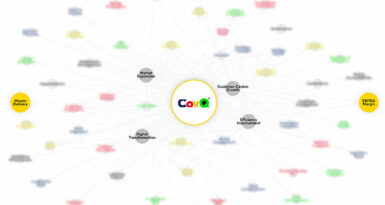
The best way to find the sweet spot for pricing is to not focus on pricing.
“Whether you’re on a shoestring budget or comfortably funded, strategically thinking through how your software helps customers is a critical first step.”
Save your money on the pricing consultant until you need one. Right now, the best way to find the sweet spot for pricing is to… not focus on pricing.
When you’re starting out, you’re balancing the desire for a pricing strategy with the need for pulling in capital and maintaining control of your company. That’s the reality. However, if you try to formalize your pricing too early and you conduct a litany of surveys with potential prospects, you are likely to miss the mark.
Instead, you should embark on a dialogue with your customers — not prospects, but those people who actually paid you money to use your software. In those conversations, you’re not asking about the price they are willing to pay, but about the basis on which they will use your software. It’s all about finding the value they will get from your software.
During this open-ended dialogue, you’re trying to learn what the customer is doing inside of your software that gives them more value. It’s all about asking the right questions.
- How are they making more money or saving more time with your software?
- What area are they consuming more of as they expand?
- Are they putting more assets under management?
- And more importantly, how are they converting the benefit of your software to their customers?
In simple terms, your customer is paying you for this intermediate thing called a software package. They’re turning it into value to make money. If ever you take an excess share of that value, you’ll have a problem on your hands.
Essentially, you want to learn what value your customer is extracting, so that when you take your fair share of that value, you aren’t setting off alarm bells.
LEVERAGE THE VALUE PROPOSITION
Let’s suppose your software saves a customer the hassle of manually filling out a form, which normally requires 10 employees, equating to about 10 hours. Many software companies will stop there, saying n“Great! We provide value by saving you 10 hours of time, so pay us $100,000.”
Instead, try extending that conversation. Uncover more information about what they would do with those 10 hours if they had the time back. Their answers might reveal an even greater value for your software. Suppose they said, “If I had those 10 hours back, I could probably close at least two more deals, at an average of $10,000 a deal.” You would then have a better idea of the true value that you would be adding to the customer. That’s leverage.
“In simple terms, your customer is paying you for this intermediate thing called a software package. They’re turning it into value to make money. If ever you take an excess share of that value, you’ll have a problem on your hands.”
With that critical knowledge of your software’s impact, you can then enumerate all the ways that people are finding value from the software:
- This customer saves more time.
- That customer is more efficient.
- This customer closes more deals.
- That customer appreciates that they can pay over the course of time.
- This person loves the idea that the software is in a cloud.
Once you enumerate that world, you essentially have the cheat code for supporting sales materials and every defense of your software’s cost. Statements such as, “We charge what we charge because we’re also doing the hosting, which saves you time,” or “we’re allowing you to close more deals,” or “we offer convenient payment options” can now be used.
As you get knowledge of the value you provide, you can then start thinking about formal things like packaging. However, you should never start with a “basic,” “pro,” and “advanced” version of your software until you truly understand the customer segments you are serving.
IGNORE THE COMPETITION
Many software companies start because they want to disrupt the competition. Instead, they end up copying their moves and product offerings. If the software company sees that a competitor has, say, three particular features, they’ll go and create those same three features. That’s not disrupting; that’s just copying.
Don’t waste time chronicling the moves of your competitors. Not only is it meaningless at this stage of your company, but it can also detract from your unique value proposition. You’ll end up mimicking and simulating a competitor’s moves, which may not even be working out for them.
This only leads to a failed strategy of trying to be a low-cost provider. It’s a terrible position from which to start a business, regardless of the industry. Moreover, it’s highly unlikely you’ll get funding with that business model.
KNOW WHEN TO TRANSITION
You’re ready for pricing help when you land a game-changing client. Let’s say you have software to help grocery stores. You’ve generated some early success from local markets and have a solid sense of the value you provide those stores. When Whole Foods learns of your company and reaches out, you then have a game-changing client. That’s when you want to get help with pricing.
“You should never start with a ‘basic,’ ‘pro,’ and ‘advanced’ version of your software until you truly understand the customer segments you are serving.”
If you don’t get help, those behemoth clients will force you to get funding, which may not be in your best interest long-term. You’ll likely get the funding because the story will be exciting enough for lenders, but a pricing consultant might be able to help you bypass funding and construct a deal where you’re set for life.
Millions of people can build great products, but not many people can deploy those products in the marketplace by substantiating value and extracting a check. If you think less about your pricing strategy and instead engage in this dialogue on value, you’ll discover all the pushbacks and the things you’ll have to overcome. You can’t learn that from tossing random price points into the wind to see what flies.
Today’s software industry is geared around “what’s the most you’ll pay?” and “what’s the least you’ll pay?” However, a customer can’t know those answers until they respect your value proposition and not merely see you as a cheaper version of your competition. Structuring your conversations around value ultimately generates a higher list price.




